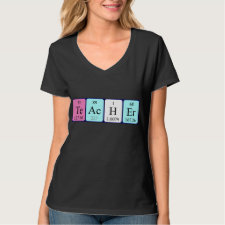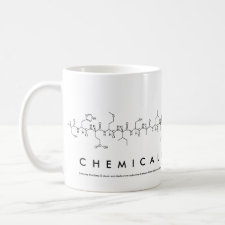
Authors: Wagner S, Zapata C, Wan W, Gawlitza K, Weber M, Rurack K
Article Title: Role of Counterions in Molecularly Imprinted Polymers for Anionic Species.
Publication date: 2018
Journal: Langmuir
Volume: 34
Issue: (23)
Page numbers: 6963-6975.
DOI: 10.1021/acs.langmuir.8b00500
Alternative URL: https://www.researchgate.net/publication/325341919_On_the_Role_of_Counterions_in_Molecularly_Imprinted_Polymers_for_Anionic_Species
Abstract: Small-molecule oxoanions are often imprinted noncovalently as carboxylates into molecularly imprinted polymers (MIPs), requiring the use of an organic counterion. Popular species are either pentamethylpiperidine (PMP) as a protonatable cation or tetraalkylammonium (TXA) ions as permanent cations. The present work explores the influence of the TXA as a function of their alkyl chain length, from methyl to octyl, using UV/vis absorption, fluorescence titrations, and HPLC as well as MD simulations. Protected phenylalanines (Z-l/d-Phe) served as templates/analytes. While the influence of the counterion on the complex stability constants and anion-induced spectral changes shows a monotonous trend with increasing alkyl chain length at the prepolymerization stage, the cross-imprinting/rebinding studies showed a unique pattern that suggested the presence of adaptive cavities in the MIP matrix, related to the concept of induced fit of enzyme-substrate interaction. Larger cavities formed in the presence of larger counterions can take up pairs of Z-x-Phe and smaller TXA, eventually escaping spectroscopic detection. Correlation of the experimental data with the MD simulations revealed that counterion mobility, the relative distances between the three partners, and the hydrogen bond lifetimes are more decisive for the response features observed than actual distances between interacting atoms in a complex or the orientation of binding moieties. TBA has been found to yield the highest imprinting factor, also showing a unique dual behavior regarding the interaction with template and fluorescent monomer. Finally, interesting differences between both enantiomers have been observed in both theory and experiment, suggesting true control of enantioselectivity. The contribution concludes with suggestions for translating the findings into actual MIP development
Template and target information: protected phenylalanines, Z-l-Phe, Z-d-Phe, tetraalkylammonium counterions, TXA



Join the Society for Molecular Imprinting

New items RSS feed
Sign-up for e-mail updates:
Choose between receiving an occasional newsletter or more frequent e-mail alerts.
Click here to go to the sign-up page.
Is your name elemental or peptidic? Enter your name and find out by clicking either of the buttons below!
Other products you may like:
 MIPdatabase
MIPdatabase









